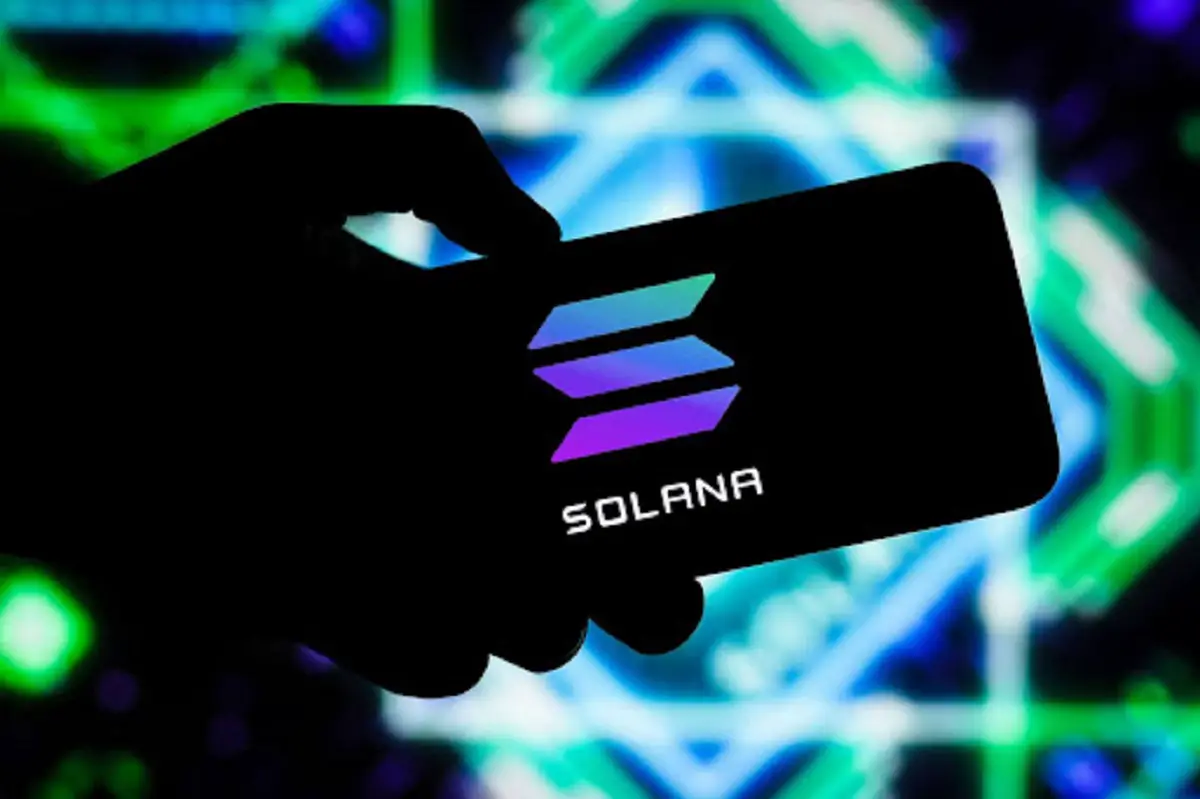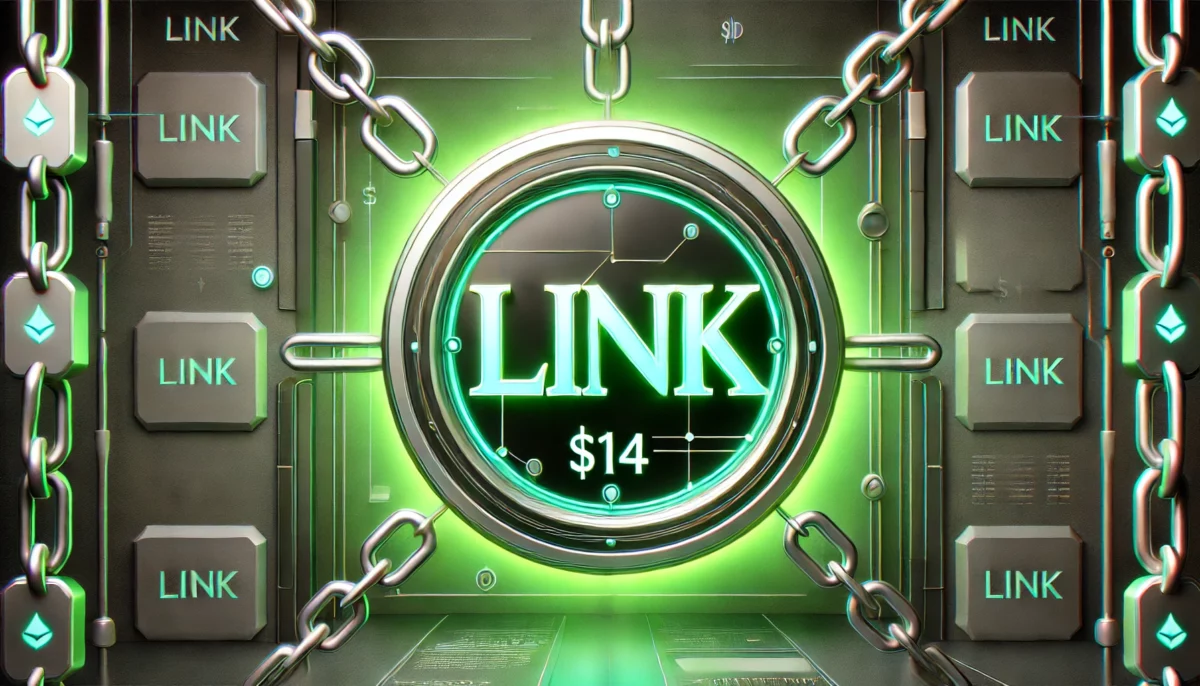
- Ripple further develops the XRPL infrastructure with domains that allow access control to be able to implement KYC and AML-compliant regulations for use.
- Proof of authorization is verified without personal information on the chain, which guarantees data protection and at the same time meets the regulatory requirements.
With the introduction of permissioned domains (XLS-80), the XRP Ledger (XRPL) is a leader in the development of the on-chain financial infrastructure. It is a proposed change that aims to improve compliance, security and institutional acceptance. The step is intended to create regulated rooms for blockchain transactions in order to give financial institutions the opportunity to create structures that are compliant law and at the same time maintain decentralization.
Die in XRPL Permissioned Domains
Permissioned domains bring an access control function in XRPL, which enables institutions, companies and issuers to determine preconditions for the participation of users in certain financial transactions. This ensures that only authenticated users can access certain areas of the network with valid legal proofs.
In contrast to permissioned blockchains that run in silos, permissioned domains run on the current XRPL network. The system enables domain owners to apply supervisory regulations so that they can be KYC and AML compliant without sacrificing the privacy of the users. Instead of storing personal information on the chain, the LEDGER only authenthies whether a user has the required login information.
Institutions that Permissioned Domains use can use a domain object to determine access criteria that define the registration data required for participation. Users must submit checkable login information in order to get involved in the defined area, whereby all participants must meet regulatory and security requirements.
This method offers a number of advantages:
- Regulatory alignment: Financial institutions are able to carry out blockchain transactions and to comply with the legal and compliance regulations.
- Controlled transfer of assets: The institutes have better control over the financial flows and can thus prevent the penetration of unauthorized persons from entering.
- Data protection -oriented verification: The network verified registration data without revealing individual user information.
With these functions, which are native integrated in XRPL, permissioned domains create a trust-oriented system in which institutions feel safe when accessing blockchain financing. One of the main benefits of permissioned domains is its function to enable permissioned dex, a new version of the decentralized XRPL exchange that is suitable for institutional finances. Although the current XRPL Dex enables an open and unregulated trade, financial institutions need managed environments to ensure compliance with regulations.
Restricted order books enable permissioned dex access to trading pairs within Permissioned Dex for users with authorized cancellation information. The system enables institutes to token stable coins and RWAs and to carry out transactions in an authorized participant environment.
Important features of Permissioned Dex are:
- Limited access: Exclusive trade for users who have legitimized themselves.
- Regulates asset trade: Institutions have the opportunity to act in compliance-capable ecosystems.
- Decentralization with permissioning: Instead of relying on private trading chains, institutions can use the XRPL Dex core and at the same time undergo a authorization test.
Proof of authorization and community votes
The model of permissioned domains expands the credentials and decentralized identifiers (DidS), which are crucial for on-chain identity management on XRPL. Access to an approved domain must first be based on the possession of the necessary proof of authorization that is confirmed on the chain. By using credentials and permissioned domains, XRPL increases security, data protection and institutional access in blockchain finance.
However, the dependence on the XRPL Government process is important when introducing permissioned domains. Members of the community and validators can vote on changes in their support for the implementation of XLS-80 and thus pave the way for the next stage of institutional blockchain financing on XRPL.







No Comments